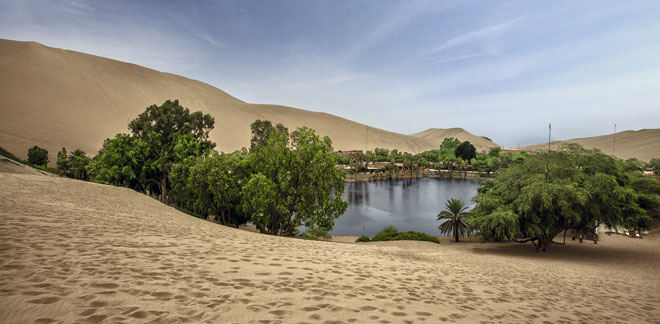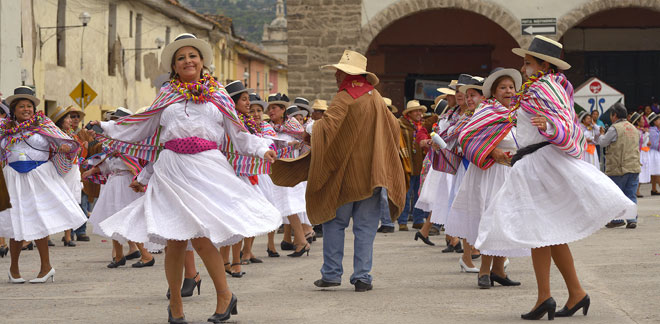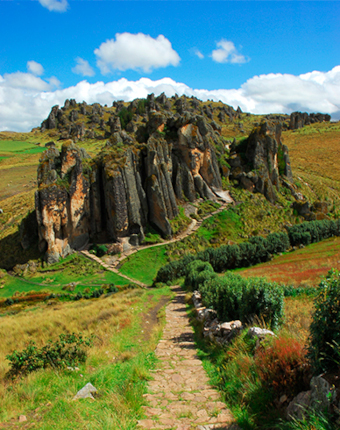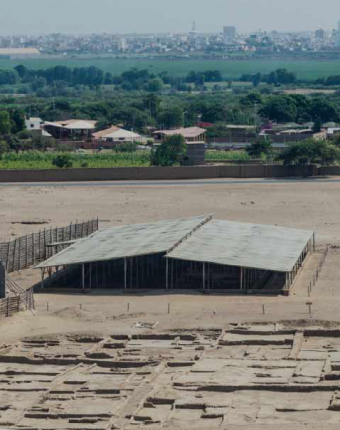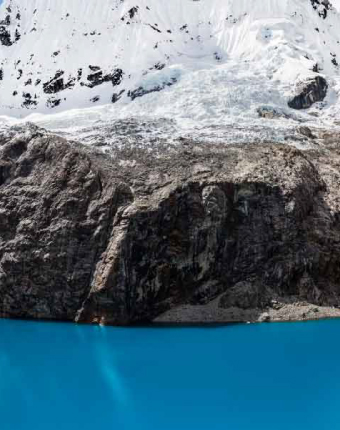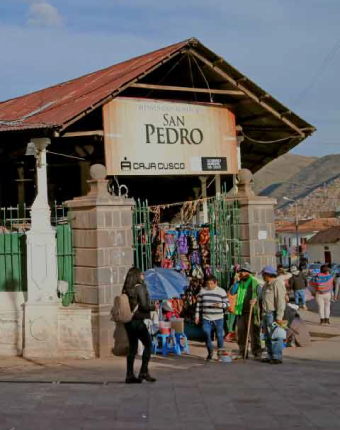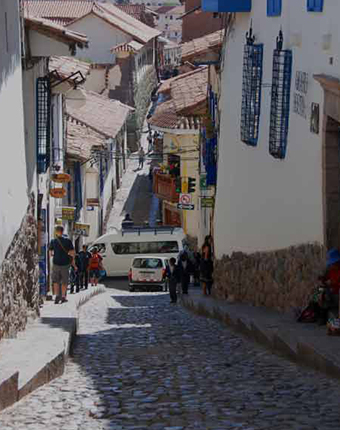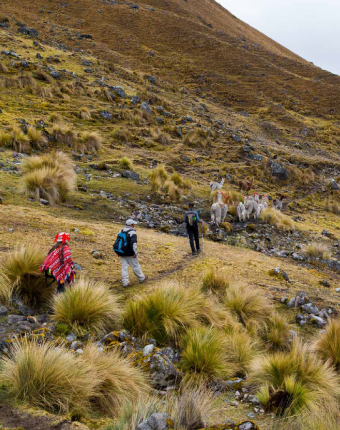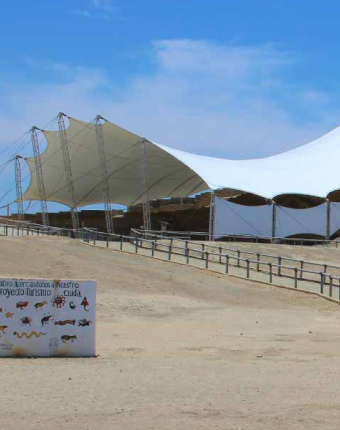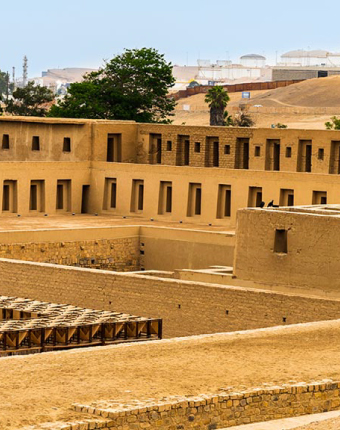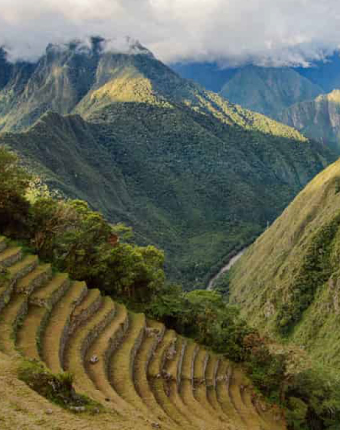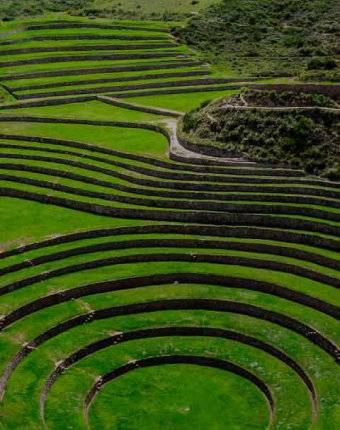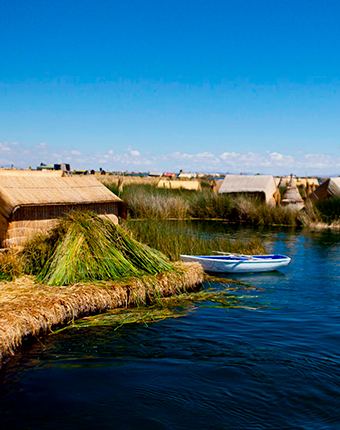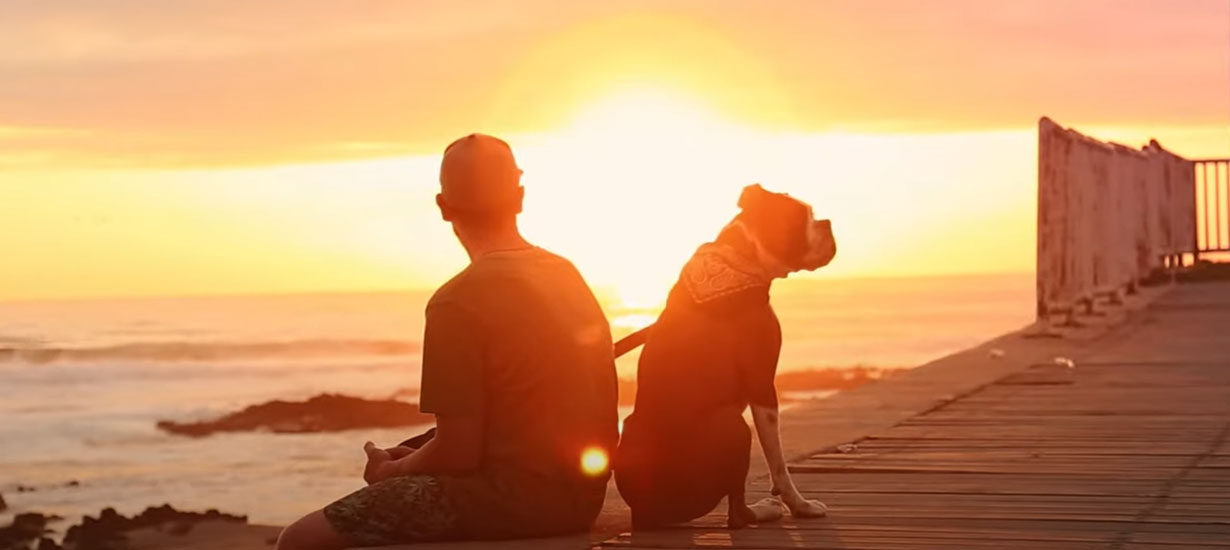
News
A visa for Pirata: The road trip that highlights southern Peru
Photography: Asu mare Films
Una visa para Pirata explores southern Peru through a journey across three countries—Peru, Chile, and Argentina—with the goal of bringing these regions closer together.
What began as a challenge among friends turned into a documentary road trip that showcases numerous tourist destinations in Peru, as well as in Chile and Argentina. Here, we will dive into how Una visa para Pirata came to life and why it is a must-watch audiovisual experience.
Pirata is an adorable little dog who, after spending nine years with his owner in Argentina, could not return to Peru by plane. Being a brachycephalic dog (flat-nosed), flying was not an option. That is when Sebastian Romero’s friends stepped in to help transport Pirata safely back to Peru.
However, traveling through the majestic mountain ranges of South America, and especially through Peruvian territory, is an unforgettable experience. Even more so when it involves overcoming challenges and gaining a deeper appreciation for tolerance, patience, and coexistence.
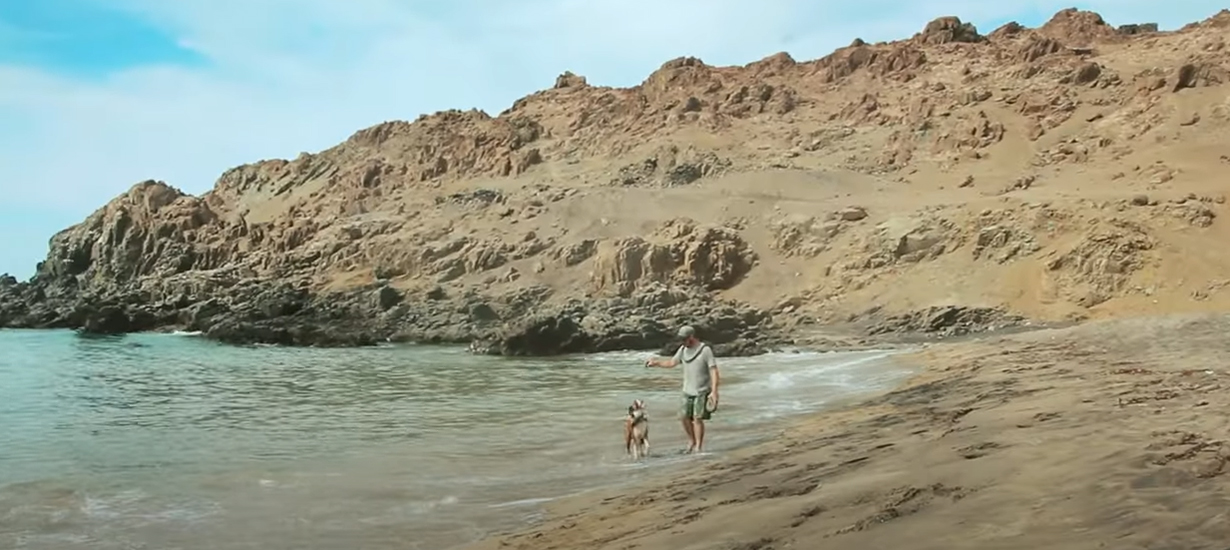 Source: Asu mare Films
Source: Asu mare Films
PERUVIAN DIVERSITY
Much like life itself, the challenges along the way—whether in remote desert areas or on the winding roads—gave meaning to the journey. Each town we reached offered valuable moments to capture on film. The breathtaking landscapes and the thrill of discovering new places played a key role in uplifting the group’s spirits.
Peru's diverse landscapes added even greater depth to the film. Traveling through various towns, nestled between valleys and coastal rivers, made the entire filming and production crew feel at home. The national locations featured in the journey included Paracas, Chincha, Ica, Nasca, Puerto Inka (Arequipa), Camana, Mejia (Arequipa), Moquegua, and Tacna.
Among the destinations mentioned, Moquegua and Arequipa stood out as two regions that truly captivated the group on their journey back to Peru with Pirata. In Moquegua, the lush green landscapes, peaceful atmosphere, and variety of fruits left a lasting impression. Meanwhile, Arequipa, known as the White City, charmed them with its stunning scenery and beautiful beaches.
Speaking of beaches, Puerto Inka in Arequipa was one of the stops for Pirata and the entire road trip team. Known as the place where the leaders of the Tahuantinsuyo Empire spent their summers, it carries historical significance in its name. Today, it is a peaceful spot where visitors can enjoy swimming in calm waters and trek through the scenic surroundings.
Moquegua can be reached from Lima in about 1 hour and 25 minutes by plane. Upon arrival, you will be greeted by ravines, rock formations, and deserts, setting the stage for a region known not only for its rich gastronomy but also for its wine-making tradition.
To reach Puerto Inka from Lima, take a flight to Arequipa, which takes about 1 hour and 15 minutes. From there, you will need to travel by bus to Caraveli, a journey of approximately 8 hours. Once in Caraveli, it is just a 15-minute drive to Puerto Inka.
 Source: Asu mare Films
Source: Asu mare Films
FILMING IN PERU
One of the defining characteristics of Peru is its megadiversity, making filming in the country a deeply immersive experience. It is not just about capturing stunning visuals; it is about embracing the peace and the living culture that can be seen in every region.
Arequipa and Moquegua, two of the main departments where the film was shot, stand out for their rich historical, cultural, and scenic treasures. Moquegua is known for its beautiful valleys, wine production, and high-quality Pisco, while Arequipa is celebrated for its stunning white ashlar architecture, earning it the title of "White City," as well as its natural wonders like the Colca Canyon and the Misti volcano. As if that were not enough, Una visa para Pirata was also filmed in other countries: Chile and Argentina.
With all of the above, Una visa para Pirata invites viewers to embark on a road trip across Peru. It encourages them to immerse themselves in the experience of being part of the traveling group, where they can, for instance, enjoy the stunning landscapes visible through the window as they journey through the country.
The film encourages viewers to embark on this journey to fully appreciate the south of Peru and its majestic beauty from a traveler's perspective. It inspires them to step beyond their familiar boundaries and discover, admire, and deepen their connection to our country and culture. For the producers and directors, portraying these diverse realities with raw, authentic truths has been both rewarding and motivating.
